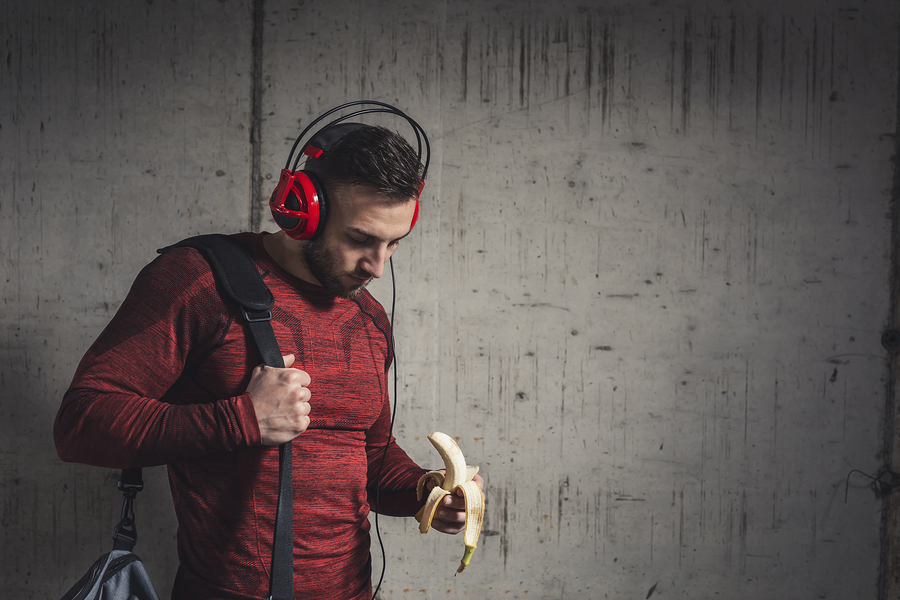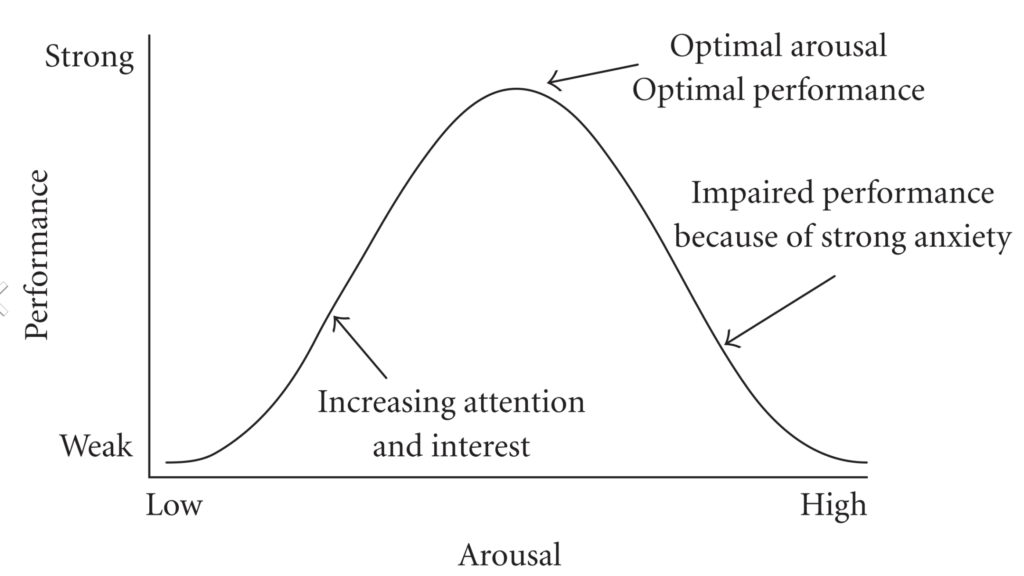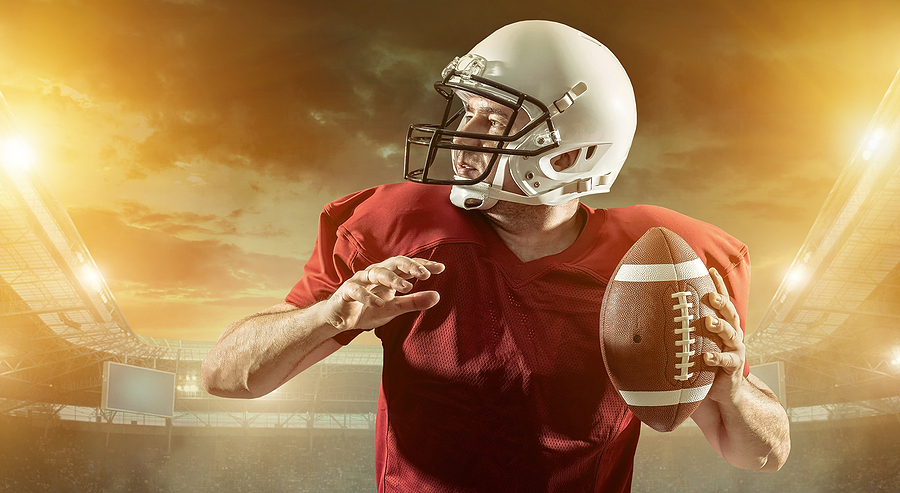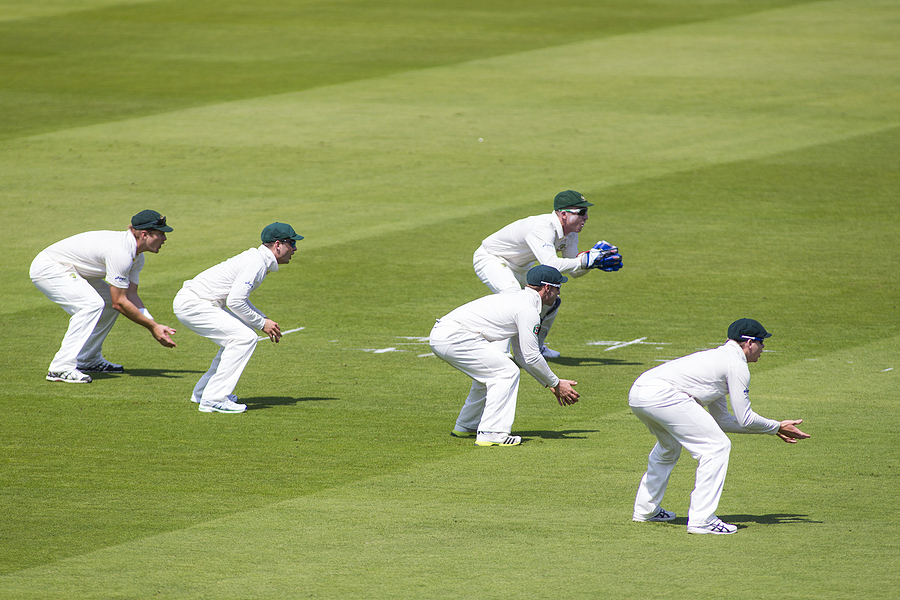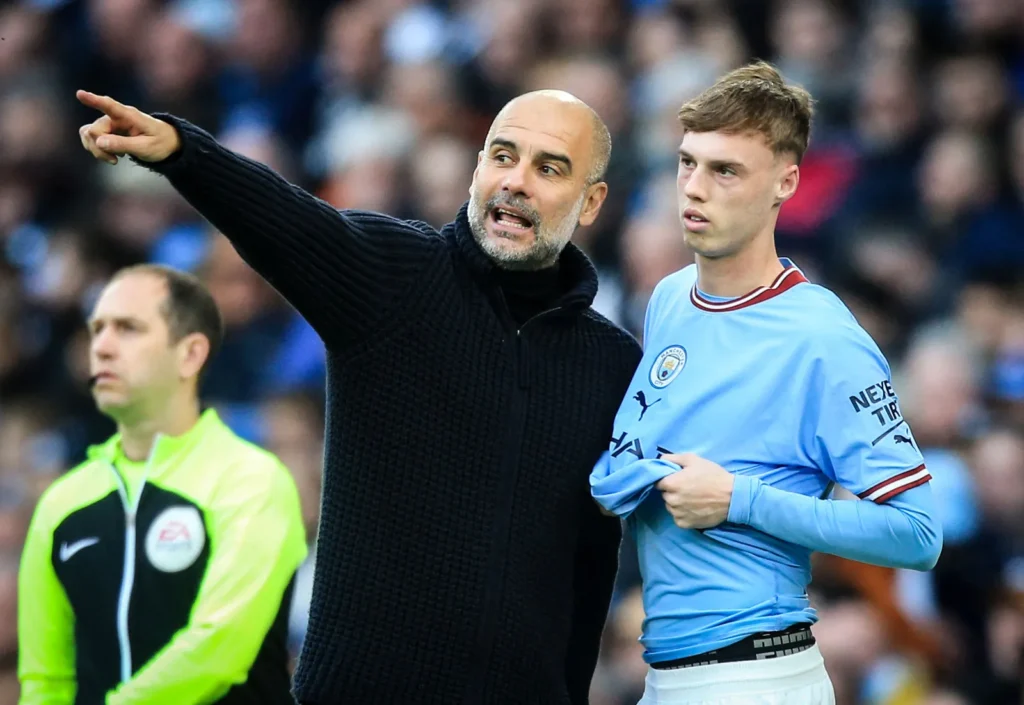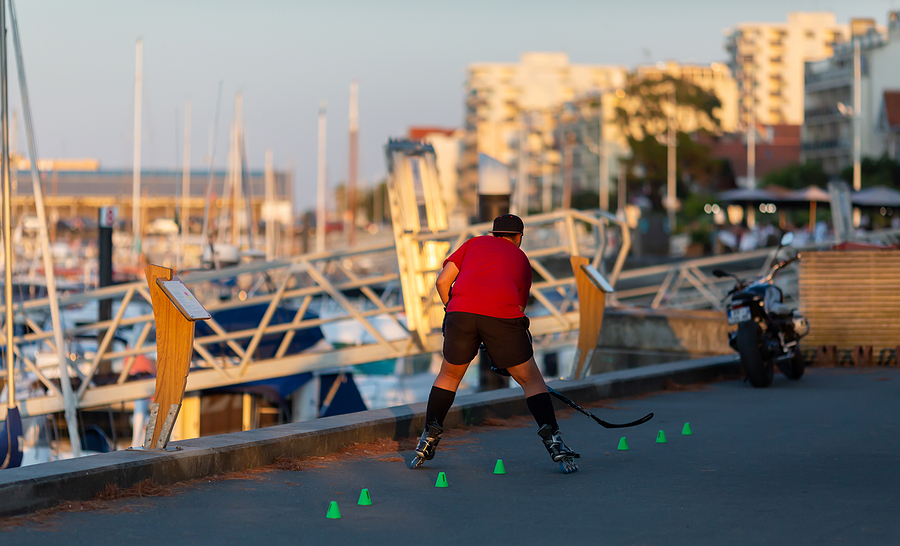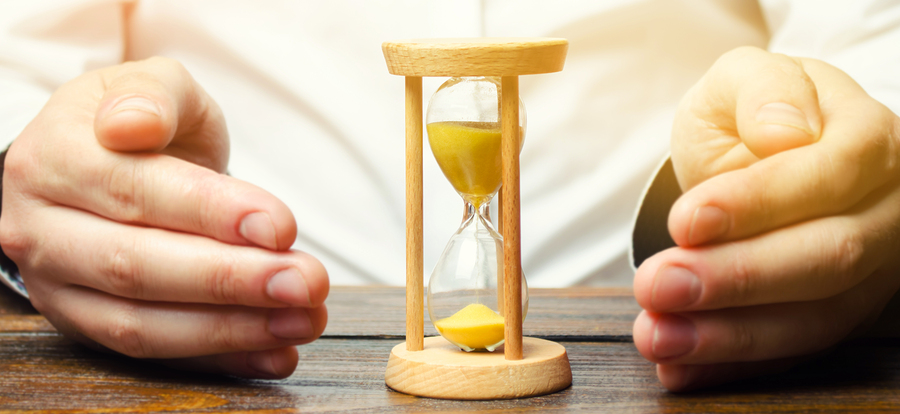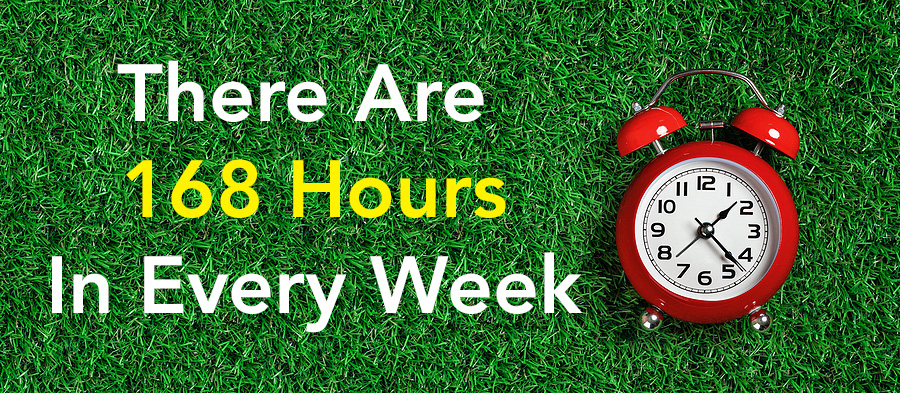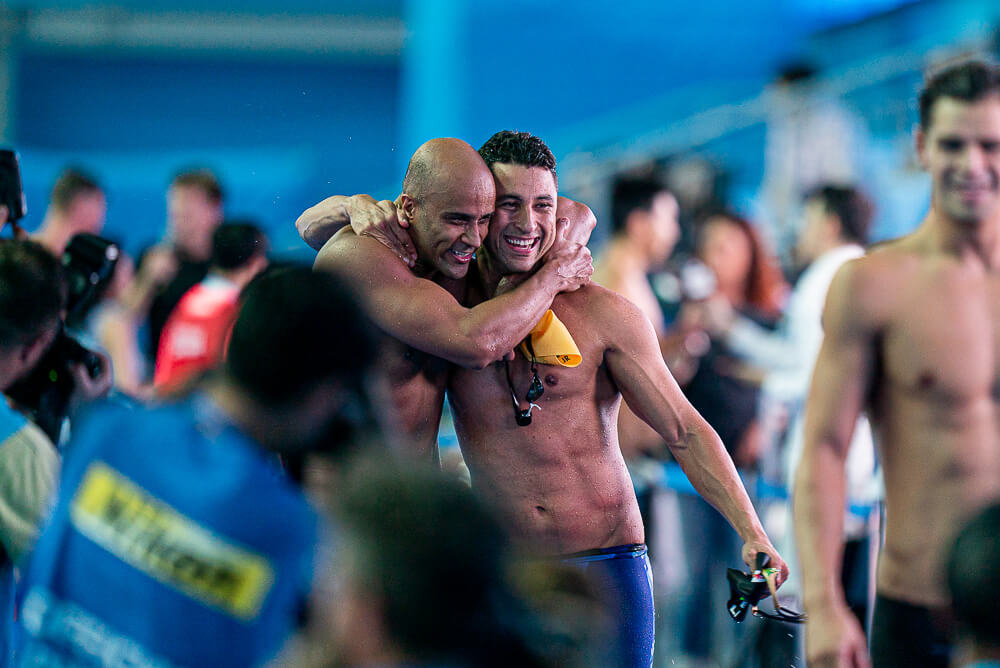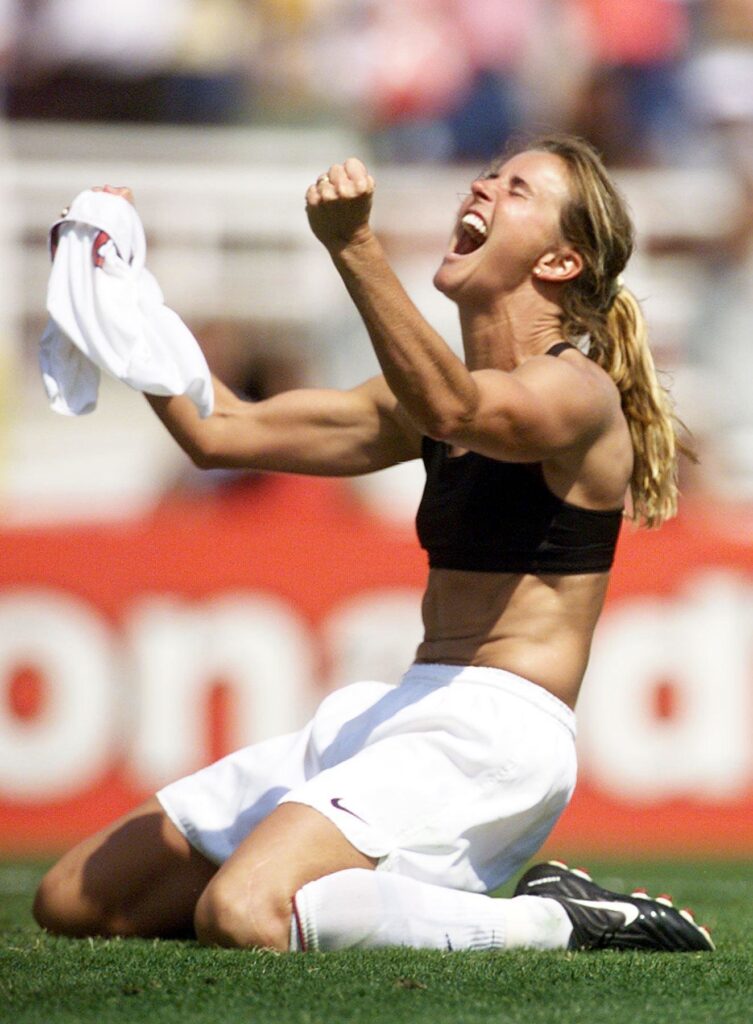
“I have been struck again and again by how important measurement is to improving the human condition”
Bill Gates, Co Founder of Microsoft
Mental Toughness Is Measurable … Just
I am rather jealous of professionals who assist athletes with the physical side of performance. Tests like the VO2 max for cardiovascular endurance, and stretch and reach tests to measure flexibility simply don’t have objective mental equivalents.
Assessing Mental Toughness is so tricky that when Condor Performance first started offering sport and performance psychology services back in 2005, we didn’t even attempt it! Instead, we just asked meaningful questions during the Kick Start Session (our first-ever session with a new client).
But if not bothering with something because it was hard was something we did frequently, we’d be in the wrong business. So, over the years, we have tried on an ongoing basis to improve how we assess the very areas we help our clients with. Namely their mental health and mental toughness. I will not go into detail about why we measure mental aspects of performance (mental toughness) and mental health separately, as you can read a full explanation of this here.
Measuring Mental Toughness Will Always Be An Estimation
Fact: There is no direct way to measure anything psychological. We can try to assess several areas via questions and/or observations, but at best, the results of these will act as a “guide”. Measuring Mental Toughness will always be an estimation, an approximation.
The exception to this would be a formal intelligence test (such as the Wechsler Adult Intelligence Scale). Although it would be easy to fake a poor score on the WAIS (by giving incorrect answers on purpose), it would not be possible to get a high score without actually possessing those abilities. This makes tests such as the WAIS more objective than most other psychometrics, which rely 100% on opinions and/or observation.
With The Luxury Of Time …
With the luxury of time, the reliability of the information collected can be improved. Observing athletes or performers in real-life situations can provide very valuable extra data when attempting to measure mental toughness and mental health. In the work we do as qualified sport and performance psychologists, this tends to be slightly easier when working with professional athletes who are televised all the time when they’re competing. For example, for tennis players ranked in the top 50 in the world, every minute of every match will be professionally filmed and therefore easy to get hold of and watch back. It goes without saying that this high-quality footage is a more useful record of the tennis player’s body language than asking him or her about it.
For the performers who are not automatically filmed as part of what they do then some creativity is required. Fortunately, with the invention of smart devices, it is now much easier than it was to ask a family member to record our clients whilst they are competing and/or performing.
Another way to improve the accuracy of the information being collected is to ask multiple sources. Human beings are not always the most reliable reporters of information about themselves. Asking family members, coaches and teammates can really help boost the likelihood that the data we are collecting is solid.
Relative Subjectivity
Mainly due to sheer convenience, the majority of psychometrics are what we call ‘self-report measures’. Basically, these are questionnaires consisting of open or closed questions that the test subject answers themselves. But although these answers are opinions it doesn’t render these tools useless by any means. It just means we have to be mindful of their relative subjectivity when interpreting the results.
“What exactly are we trying to measure here?”. This is a great question when choosing, designing or reviewing any psychological assessment. Our psychologists consider the main purpose of our questionnaires (below) to be time savers. Without the answers to one of our Mental Toughness Questionnaires in front of us from the very beginning, we would have to use the majority of the first session asking about really, really basic stuff.
When these fundamentals have already been asked and answered via one of our online assessments it allows us to jump straight into some of the more meaningful topics within the first 30 minutes with a new client. This allows us to move on to ‘solutions’ much earlier in the process. We’re mainly interested in these four general areas:
- Mental aspects of training
- Mental aspects of competing (if competing)
- General functioning / mental health and wellbeing
- Other important stuff like age, sport and long-term goals
Five Major Subcomponents of Mental Toughness
The open and closed questions then generate scores about various aspects of mental toughness and mental health. It looks something like this when we get the email from Qualtrics.
Summary Scores
Overall Training Mental Toughness = 72 %
Overall Mental Health = 63 %
Breakdown of Your Current Mental Toughness:
| DURING TRAINING | YOUR SCORE OUT OF 20 | PRIORITY |
| Motivation | 18 | |
| Emotions | 9 | ** |
| Thoughts | 13 | |
| Unity | 15 | |
| Focus | 18 |
| MENTAL HEALTH | YOUR SCORE OUT OF 21 | CATEGORY |
| Depression | 2 | Normal |
| Anxiety | 12 | E. Severe |
| Stress | 9 | Mild |
These tables provide the sport psychologist or performance psychologist with incredible insight into how to assist this performer.
Let me use the above made-up example to explain. This athlete or performer wants to prioritise how they manage their emotions during training as well as their everyday anxiety.
Mental Health is screened for with the inclusion of The Depression, Anxiety and Stress Scale (DASS-21) at the end of all our Mental Toughness Questionnaires.
Due to the fact that 99% of our work is 1-on-1 then we can work on both mental toughness and mental health at the same time without pretending they are the same thing!
Four Free Mental Toughness Questionnaires
The four questionnaires are listed below. They can be completed by anyone for free looking to gain insight into the areas already mentioned. The questionnaires are all similar but use language relevant to that role (for example, officiating instead of performing). The coaches’ questionnaire is the most different as this also includes a section asking about the coaches’ perceived mental coaching abilities. Let’s not pretend or assume that being mentally tough and mentally well automatically makes you a good mental coach.
Why not jump into the one that is most relevant to you and fill it out now? It goes without saying that it is best done in a focused setting and that the more honest you are the more accurate and beneficial the result will be. Depending on the time of year one of our team will email you your results within two or three days. And if you are the kind of person who wants to actually improve on the scores there is an option to ask for information about our individualised performance psychology services.

